The magnificence of the sights and the breathtaking glimpses of the wonders of nature in the landscapes lining the coastline is a road trip worth taking, and all that would not have been possible without the road linking us to all these; the notable Great Ocean Road on which we traveled on.
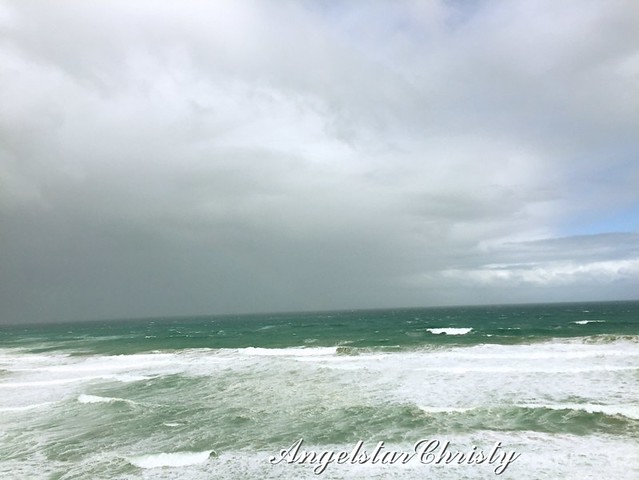
A road trip down this famed Great Ocean Road is one of the must-do when one is visiting Melbourne, for this stretch of 243 kilometres of road; marked by its beginning at Torquay, continuing along the South Eastern Coast of Australia in Victoria; towards the west as it meet its finishing point in the town of Allansford, near Warrnambool (the largest city along this coastal stretch), is just well-connected from the city itself.

Built along the coastal terrains; cutting into the faces of the sharp and rocky cliffs, limestone and sandstone mountains while traversing through the lush rainforests provided much access to the views of the raging Southern Ocean. The notorious Bass Strait; which many sea voyagers had regarded as hazardous and have even compared the path leading into this part of the coast (especially those traveling on the Great Circle Route from Great Britain) as equivalent to "Threading a needle"; where the stretch between the Cape Otway and King Island are labeled the "eye of the needle", bringing the meaning to it being the most hazardous part.
Most of the notable points accessible via the Great Ocean Road are Cape Otway, Shipwreck Coast, Bass Strait, Loch Ard Gorge, Twelve Apostles, London Arch, and The Grotto.

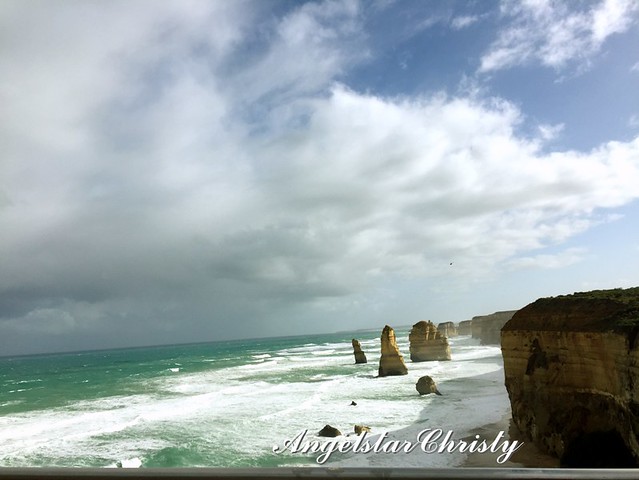
The Great Ocean Road travels inland; well-connected by the towns of Anglesea, Lorne, Apollo Bay and Port Campbell; which is the point of access to most of the iconic landmarks named earlier (shared in my previous posts).
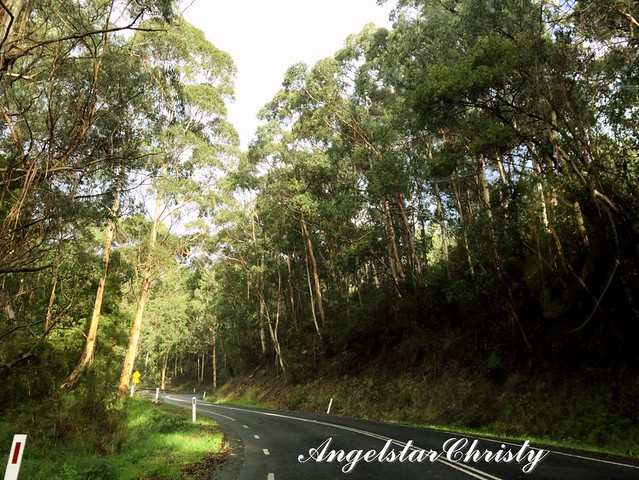
Traveling on the Great Ocean Road, while, providing much excitement and anticipation as one awaits eagerly to catch a glimpse of the reputable natural attractions along its coast, is also a harrowing experience as one navigates along the winding terrains which cuts across the edge of the cliffs overlooking the rampant sea below as the waves deal its striking blows, one after another against the face of the cliffs.
The road is two-lane; with one lane in each direction and there are often road signs warning travelers of the possible rockfalls which have occurred before in the past.
From the town of Geelong, some of these cliffs are really high and stands in might, towering over part of the road (where some of these rockfalls are warned as the hazards due to the vertical angle of the cliffs standing on the other side).

The Great Ocean Road is just vulnerable to the harsh weather conditions and one cannot help but feel anxious (and growing fear) when traveling down this road in a stormy weather.
It was exactly the weather we traveled in, during my trip, as the rain poured down in heavy torrents all of a sudden as we were driving, taking us by surprise and making visibility really low, which was a tremendous challenge especially when the road is winding and steep at the same time.
Sharp bends are concealed at the corners and the slanted edge from the cliffs above, along with the unobstructed view of the ocean with the furious hurls of the waves topped with the howling winds are not exactly the best combination of a perfect road trip.
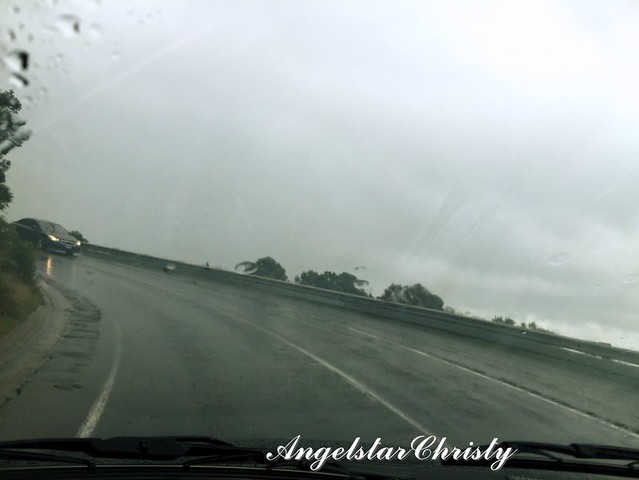
One can only imagine the terror of navigating through these roads when one is seated inside the car, shielded against the tough weather, while praying for safety.
Think of it, how about those who built the roads back then, and how they made these roads accessible, out of the sharp edges of the cliffs and faces of the mountains to pave the way in connecting all the towns along this coast?
Imagine if they were in the midst of the construction, when similarly, the rain came in a sudden and heavy downpour, just like this?
It would not have been easy at all.
The famous Great Ocean Road may have gained and attained its fame from the scenic wonders gracing its coastline, drawing the visitors to travel down this road and bringing life to this stretch, where it was once just all mountains and forests, but the real story, and the reason behind the Great Ocean Road came from much more than meets the eye.

It is a road built to connect the towns and cities along the coast, of course, granting them access out of their much secluded locations often crippled by the extreme climate and the difficulties of the ships, horses, carriages or any form of transportation mode to reach directly.
That is just one of the reasons for the building of this road, but the first and foremost intention was in honor of all the soldiers who had served and perished in the World War I.
The Great Ocean Road was built to remember these great men who had rendered their services for the country, and their lives in the process, making this one of the Longest War Memorial in the world.
The project of the Great Ocean Road, while was initiated as a tribute to the honorable servicemen, also offered job opportunities to the remaining surviving soldiers from the war, who returned to the country; an approximately 3,000 servicemen.
It was noble project to offer employment to these returning soldiers; who were mostly physically fit, to put their time and efforts to good use while taking their minds off the grieving, but rather, in loving memories of their fellow comrades who have fought along their sides in the war as they paved the road with their hands.
When the project kicked off in the 1919, it was a time when engineering and technology are not at the state as we are in today and there were no state-of-the-art facilities or equipment to aid such grueling construction.
The coastal road was surveyed in 1918 (when they were selecting the stretch of road for the memorial) and this part of the coast decided for the construction (and dedication of memory) of the Great Ocean Road, was one where snarling edges of the cliffs and menacing looks of the mountains await and to pave, or even make way through these masses of rocks, trees on uneven and steep grounds seemed almost next to impossible.
The soldiers proved that untrue; as the construction of the Great Ocean Road and the World War I Memorial for Australia's servicemen was mostly by hand and shovel, with an occasional use of explosives, wheel barrows and small machinery.
(There is really not much machinery or even devices at that time; towards the end of the World War I, there's not much of a choice. In places where explosives cannot be used due to the nature of the edges, the men would use their hands to dig away at the rocks and the sand)
One can only imagine the tedious task these men went through; as they slaved their ways in building this highly accessible stretch we enjoy today, connecting the various points of interest, equipped with nothing but basic tools which one probably only use in one's own garden shed or lawn.
The entire construction was funded by a private trust fund; known as the Great Ocean Road Trust, under the management of the private company's president, Howard Hitchcock, which raised £81,000 through subscriptions and loans with an additional personal contribution of an amount of £3000 from Hitchcock himself. The debts accumulated from the establishment of this road would then be cleared by tolls imposed on the highway users; following which the road would then belong to the state of Victoria in gift, and the tolls would be lifted.
(There were tolls imposed in the Great Ocean Road in the early days, to make up for the funds which went to the building of the coastal highway).
While funded by private means, the project was first the brainchild of William Calder, the chairman of the Country Roads Board, when he approached the State War Council to fund the employment of the returning soldiers from the war to work on the roads to connect the remote towns on the Western District.
The Great Ocean Road was initially, and temporarily named the South Coast Road, as location for this connection was in search back in 1918.
The entire construction of the Great Ocean Road took more than a decade; spanning from the year 1919 to 1932, making it a total of 13 years.
While it was intended as a dedication to the honorable servicemen who died in the war, along the way, the men who worked on the road, due to the harsh and hazardous conditions, also lost their lives; putting themselves in the number of the death toll of the construction, and adding to the list of those in loving memory.
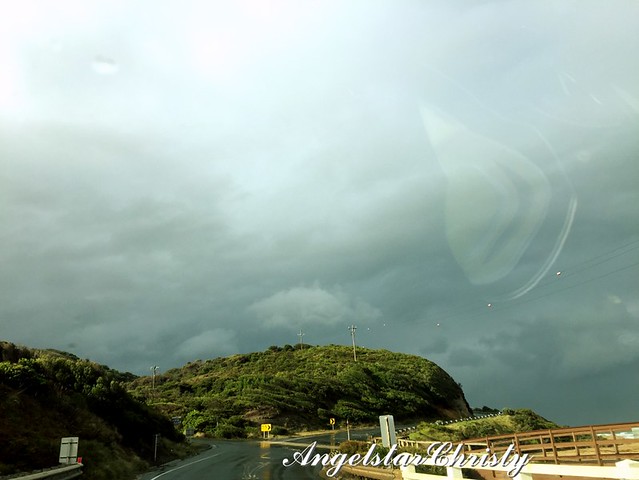
The Great Ocean Road is truly a beautiful stretch of highway; connecting the lovely towns on this part of the state and providing an amazing picturesque view credited to the natural landscape alongside the coast.
Let not just the beauty and splendor of the scenery be remembered in association with this well-renowned Great Ocean Road, which is simply not to be missed when traveling to this part of Australia; but the remarkable works of hand and arduous labor of those who built the road and perished in the process and most of all of those who will always be remembered for their honorable service to the country in the World War I.
After all, that is the main reason behind the Great Ocean Road in the first place.
We have all of these great men to thank for the convenience and ease of getting from one place to another and to take in these views joyfully, with the establishment of this road.
The Great Ocean Road, above all, is a perfect picture of the works of nature and man, hand in hand; with its man-paved roads cutting across the steep cliffs and terrains, flanked by the resplendent beauty in its background.
That very fact, is the unique and best feature of the Great Ocean Road itself; making up the Greatness part of the Great Ocean Road~
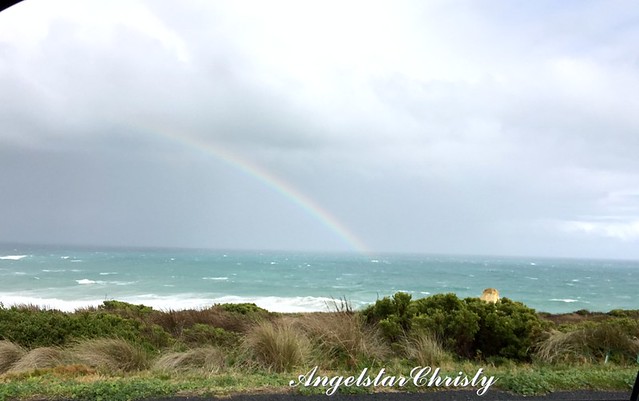
Personal Note:
I did not manage to start and end at both the starting and ending points as mentioned in the article; Torquay and Allansford, so I did not get to take a photo of the symbolic arch entrance with the Great Ocean Road inscribed on it and the sculptures of the soldiers, in remembering those who worked on the road.
However, we enjoyed the ride through the few towns we stopped by and the breathtaking views in just one day's trip.
I do intend to cover a bit more on my next trip, though :-)
For a full experience of the Great Ocean Road trip, including stopping at every point and towns, it would require detailed planning and probably would take a minimum of a week or at least 10 days despite it being only 243 kilometres in length.
The maximum experience is to stay and take in each of these towns and even the scenic points and national park located on this coast; namely the Port Campbell National Park.
I hope to be able to share more in my next trip, with more posts and pictures.

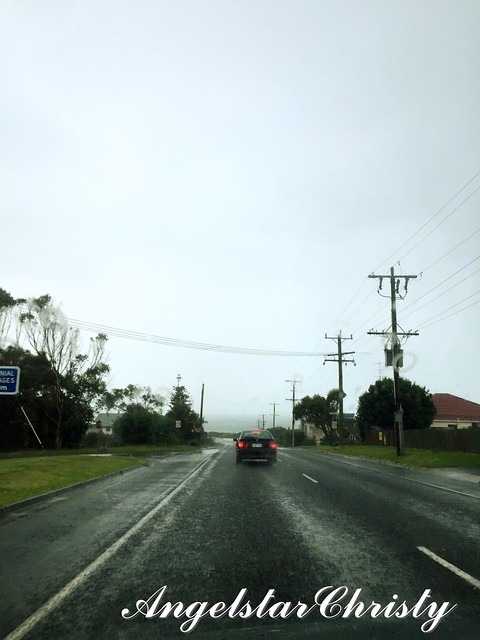


0 comments